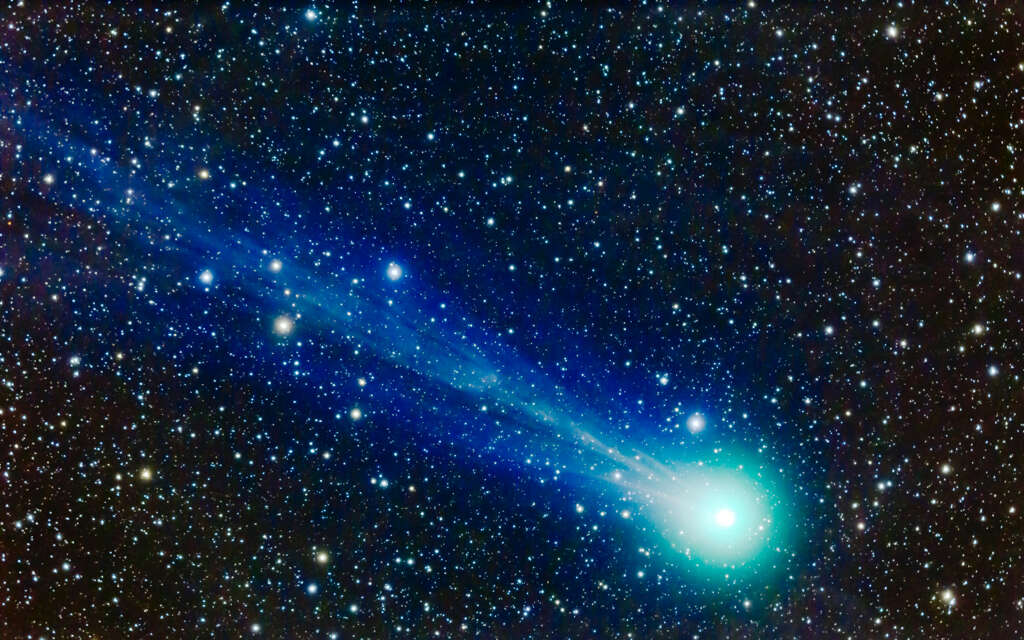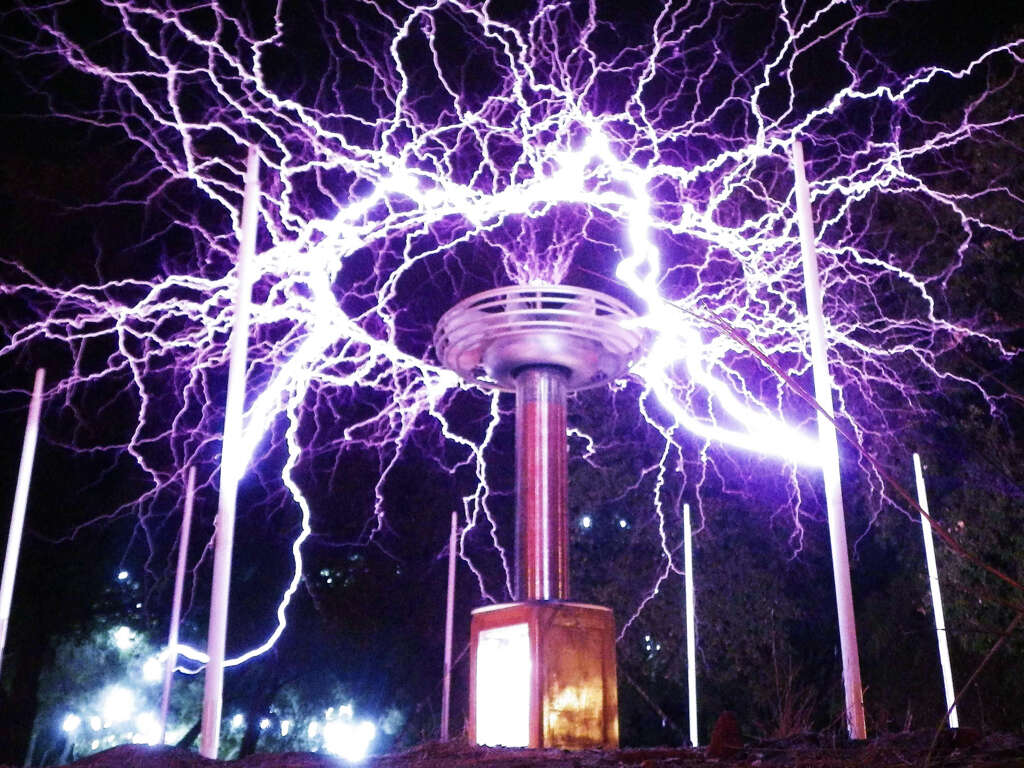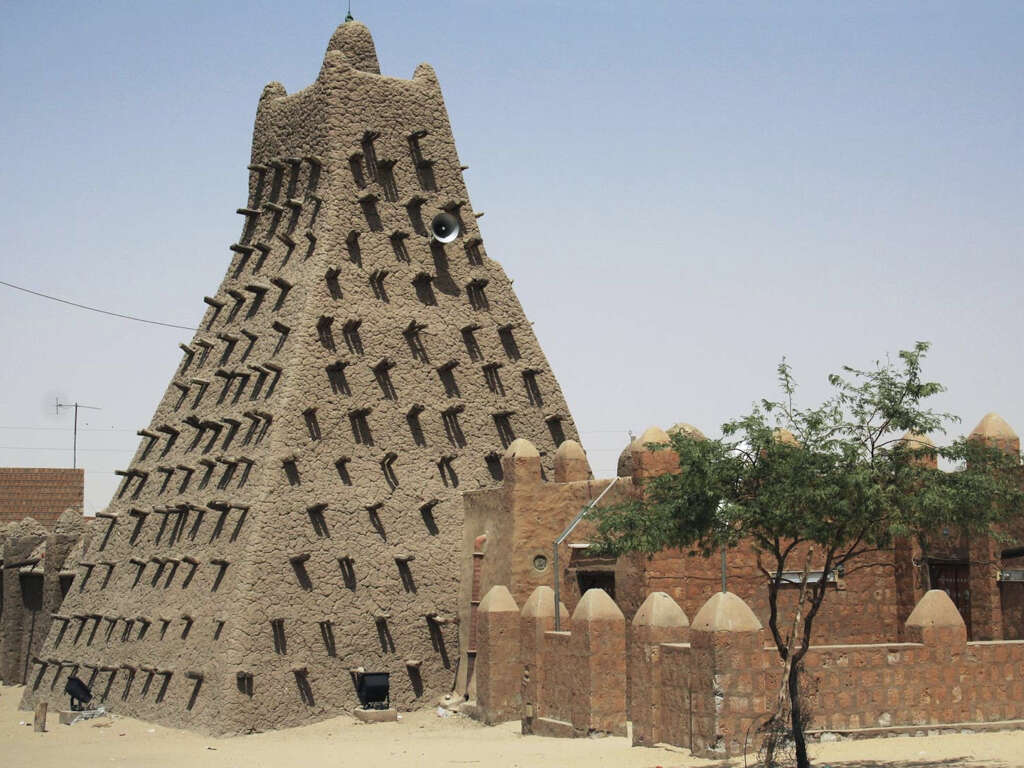What Is a Meteor?
For as long as mankind has been on Earth, we have looked up to the stars in wonder as to what we will find in the dark void. The universe, and even our solar system, is unimaginably large and there is so much that is yet to be discovered. We do sometimes get to have a closer look at some of the stuff in the universe, however, because it comes to us.
While space is mostly an “empty” void, there is still a great deal of debris floating around. Sometimes, some of this debris will enter into Earths atmosphere and, if the circumstances are right, we will see what is known as a meteor. Here’s more information on what a meteor is, along with information on similar phenomena.
1. Meteors
Meteors are little more than space rocks that are floating through space and enter our planets atmosphere. When they reach our atmosphere, they are already travelling at very high speed. The molecules in our atmosphere cause resistance against these speeding space rocks and this causes the rocks to heat up. Such is the heat from the friction caused when a meteor enters our atmosphere that the rock literally begins to burn up.
The heat causes them to vaporize, and this is often visible to the eye as a streak of white light travelling quickly through the sky. This phenomenon is what is commonly known as a meteor.
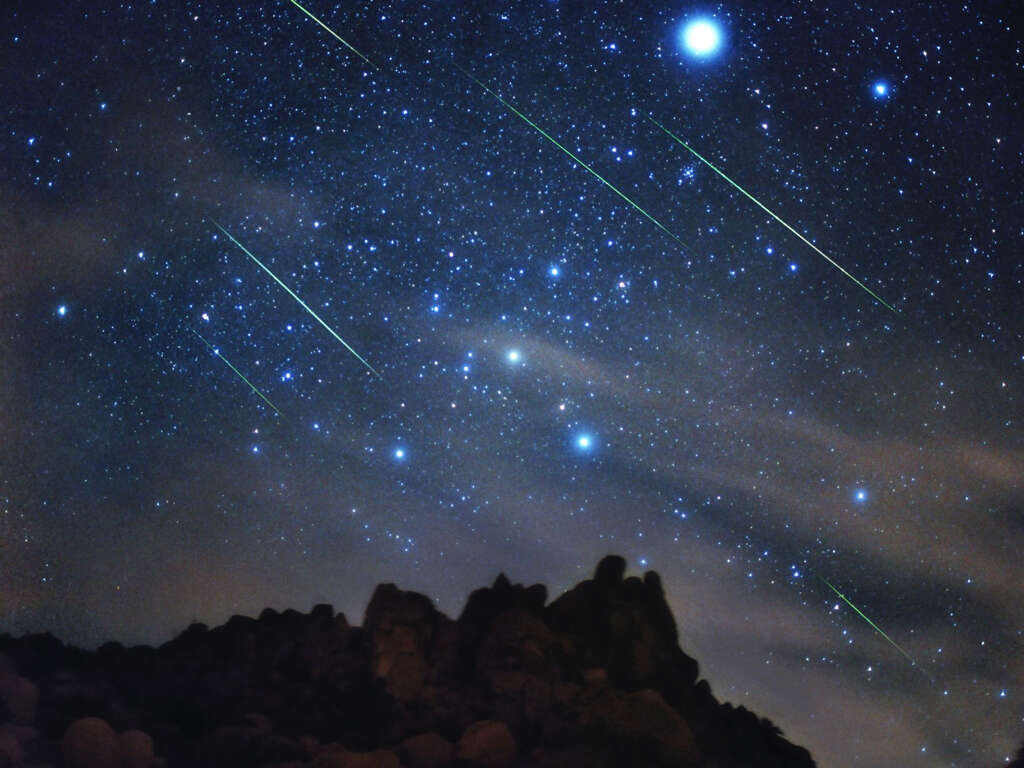
2. Shooting Stars
Shooting stars are quite an incredible sight and, depending on where you are in the world, you might be very lucky to spot one. They usually only last for a second or two so you will probably miss it if you were not already looking in that direction.
Despite the name, shooting stars are not stars at all, but meteors. They only usually last for a second or two because they are vaporized so quickly as they reach the atmosphere. That they vaporize so quickly means that a very small percentage of these will ever make it to the planets surface.
3. Speed
Meteors travel very quickly. When a meteoroid initially enters Earths atmosphere, it will be travelling at approximately 25,000 to 160,000 mph. As it reaches Earths atmosphere, resistance from the atmospheres molecules will cause the meteor to slow down.
Some meteors will lose all of their velocity due to resistance from the atmosphere, only for them to begin accelerating again under the effect of Earths gravity. The speed that a meteorite will be travelling at when it hits the ground will depend on a number of factors and, the higher the speed, the more energy that will be released when impact takes place.
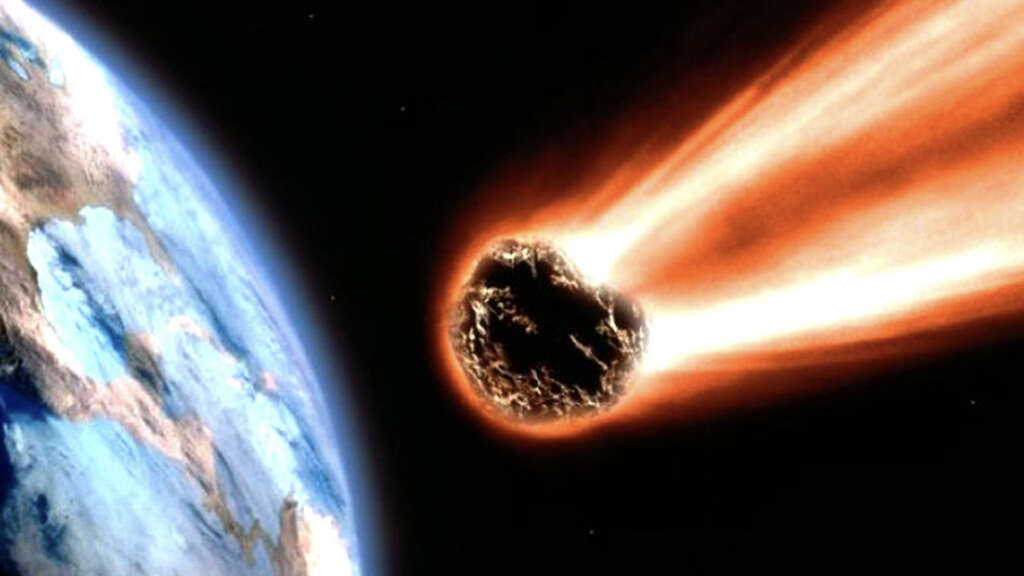
4. Meteoroids
As rocks as large as asteroids go hurtling through space at very high speeds, it is inevitable that some will end up colliding with each other. When this does happen, smaller chunks of the rock will be broken off, and these smaller chunks are known as meteoroids.
It is these chunks that usually enter into our atmosphere and create meteors. It is these collisions that sometimes send meteoroids and other debris on a collision course with our planet. As well as coming from asteroids, meteoroids will also sometimes come from comets. In order to be classified as a meteoroid, rocks will need to be less than a meter across.
5. Meteor Showers
As mentioned, spotting a shooting star is usually a matter of luck. During some times of the year, however, you are far more likely than usual to see shooting stars. Indeed, the sky can be full of them when conditions are right in what is known as a meteor shower.
Perhaps the best known of all meteor showers on Earth are the Perseids, so called because they appear to originate from the Perseus constellation. The Perseids meteor shower occurs between July 17 and August 24 each year. This is when the Swift-Tuttle comet comes into contact with the edge of our planets atmosphere.
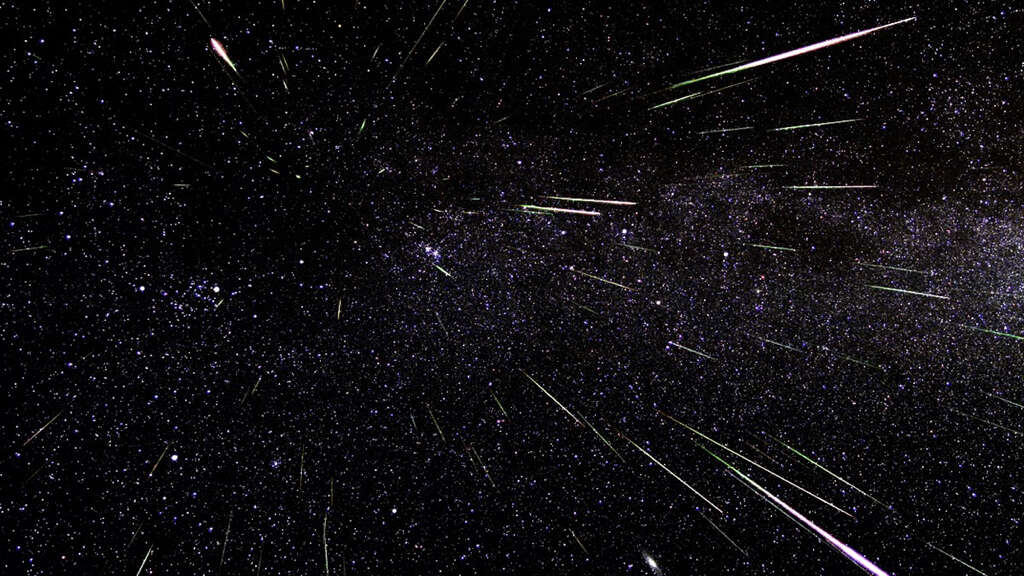
6. Different Sizes
Meteors come in a huge range of different sizes. The vast majority are no larger than a grain of rice and these will vaporize shortly after reaching Earth’s atmosphere. These are nothing at all to worry about as they could not possibly do any harm to our planet.
The majority of meteors that do reach the ground are actually very small their small size means that they don’t travel as quickly through the atmosphere and this allows them to survive. Larger meteors that make it to the ground will generally need to be around the size of a basketball or larger to begin with.
7. Meteorites
As explained, meteors are small space rocks that have made their way into Earths atmosphere, and many will not reach the ground. Those that do make it all the way to the surface have the honor of falling into another category: meteorites.
Meteorites are often portrayed as being hot after being heated by friction with the atmosphere, but the opposite is true. When they first enter into Earths atmosphere, they are very cold after being in space, which is also very cold. While the outside of the meteor will heat up due to friction from the atmosphere, the center will remain cold.
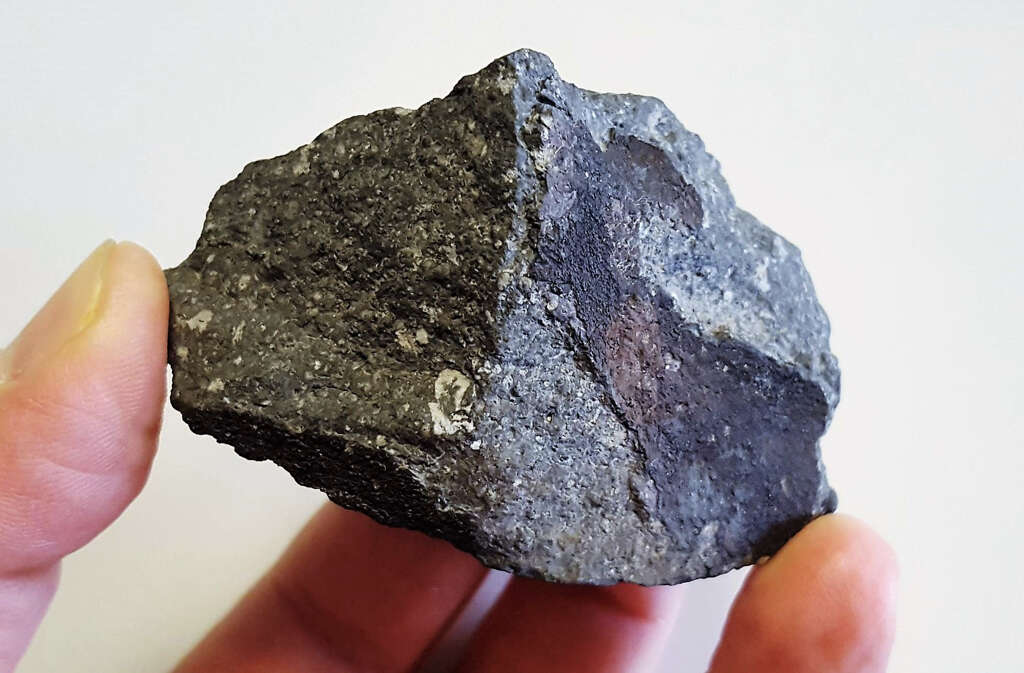
8. The Chicxulub Crater
Meteors can also be much, much larger; the size of a city or even greater. One meteor in particular is famous for being the likely cause of the dinosaurs being wiped out from our planet. The good news is that these are very rare.
The bad news is that, statistically speaking, another meteor of that magnitude is long overdue. The Chicxulub Crater in Mexico is thought to be the location that this meteor impacted. The impact released so much power that it sent a shockwave around the world and threw dust up into the air that blocked the light from the sun. Technically speaking, this meteor was actually an asteroid because of its much larger size.
9. Asteroids
Asteroids are basically defined as a rocky body that orbits the sun. Although larger than meteoroids, they are also considerably smaller than even the smallest of planets. As they are in a fixed orbit, they usually present no danger to our planet as they will not come close.
Most of the asteroids in our solar system are found in an asteroid belt between the planets Mars and Jupiter and this is known simply as the main asteroid belt. There is also the Kuiper belt, which is a vast region of asteroids that starts from close to Neptunes orbit and continues past Pluto.
10. Comets
Comets are often mistaken for meteors because of the way that they streak across the sky, but they are quite different. Comets don’t necessarily enter Earths atmosphere but are still sometimes clearly visible from the planets surface.
They are generally made of ice and rock and leave behind them a long tail, which themselves are made of dust and gas. In 1997, Earth was treated to quite a spectacle as the comet Hale-Bopp became clearly visible even to the naked eye, and it remained visible for 18 months. Another well-known comet is Halleys comet, which will be visible from Earth again in the middle of 2061.
